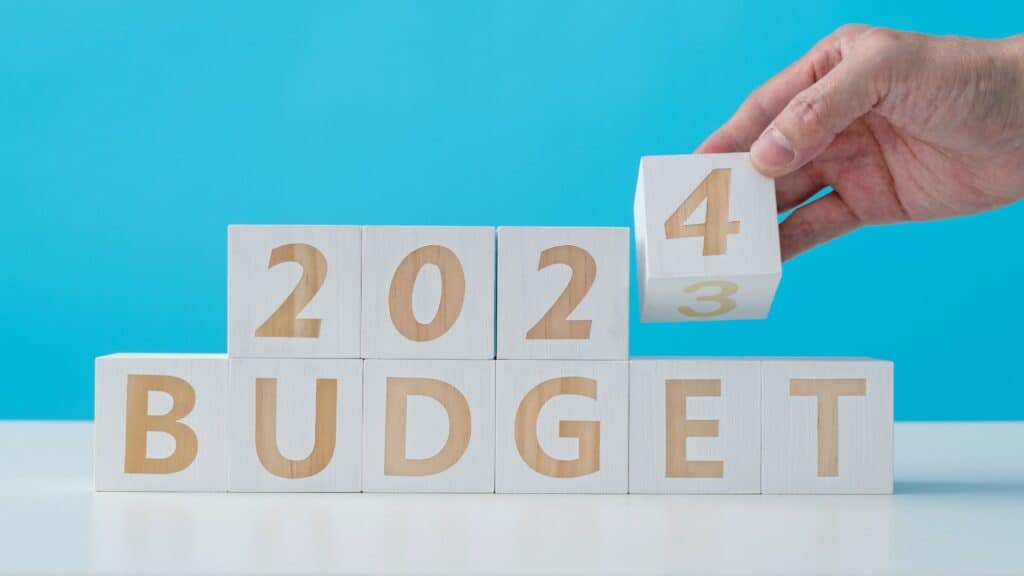We have put these two together, they are not the same thing but do go hand-in-hand. Going back to our analogy of learning a new language, interpretation is vital, there will be nuisances and different ways of classifying the data so it can be interpreted differently. Be very clear about what you want to know and communicate this with your accountant or know the correct report to run to find out. Once this is done you can analyse the data factoring in your growth plans to see if they’re achievable. You can use accounting formula’s to determine results, here some examples.
Net Profit Margin = (Revenue – Cost) / Revenue. You can use this cleverly to see if you can afford a loss-leader to get customers through the door. For example, can margins be made up other places to keep prices low on eye-grabbing products that are coveted.
Return on advertising spend = current advertising cost / revenue. This isn’t always this simple however it gives you a figure to work with.
How liquid the company is = current assets / current liabilities. Again, this a simplistic equation however it’s a good base figure to start with.
Getting an accountant early on, even though it may feel like an unnecessary expense, is essential and well worth the money. There are different kinds of accountants out there, if you are a numerically literate person that feels confident doing accounts you may just want one to check over everything and file for you, cheaper packages can be found to just cover the basics. There are lots of cloud-based software packages that are compatible on your mobile as well as your desktop and allow you to check your accounts in real-time and record specific transactions when you are out and about to save time.




